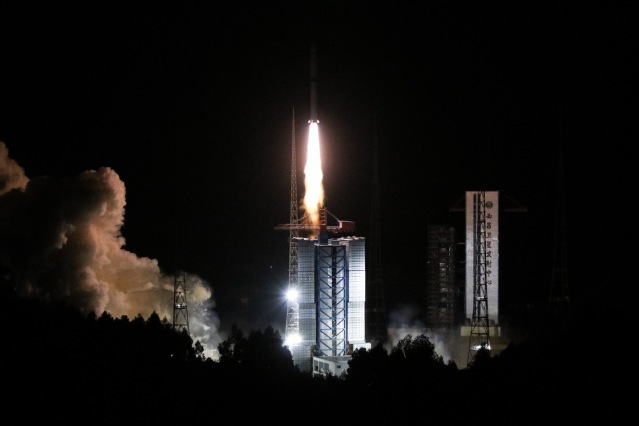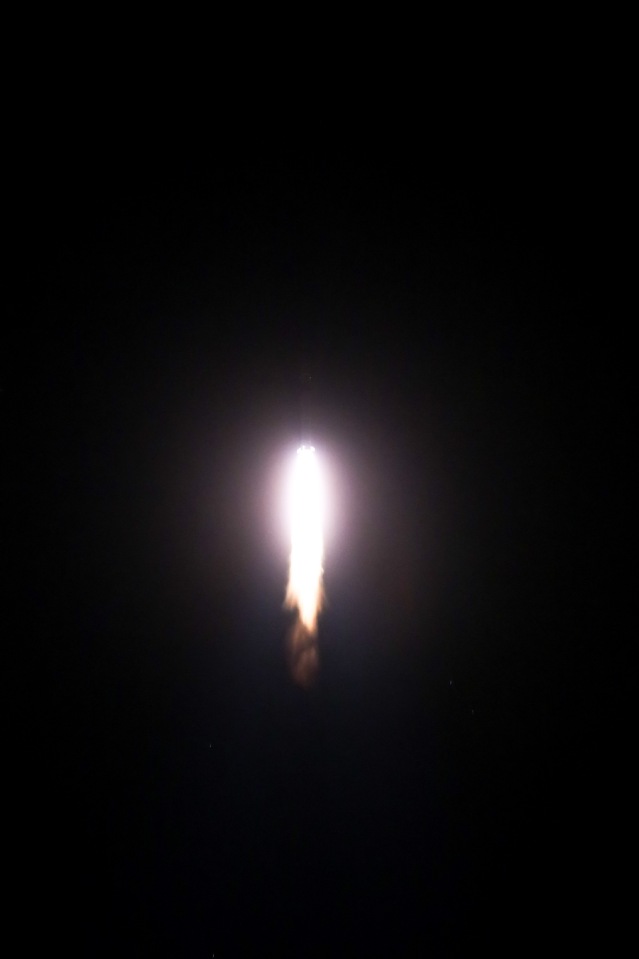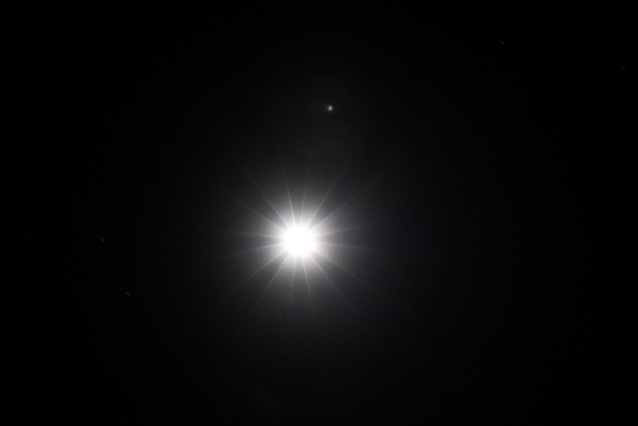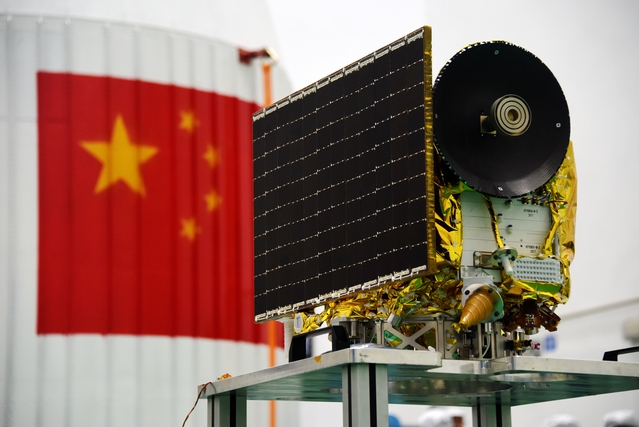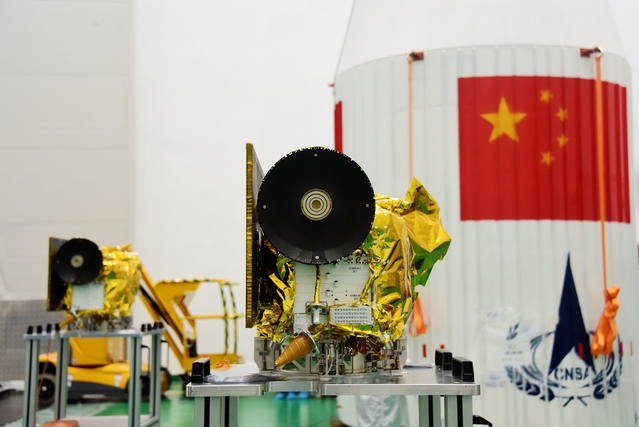Written by: Ji Xing and Deng Dekuan
Translated by: Fu Ruiyao
Edited by: D. Parker
Pictures by: Ji Xing
Date: 2018-05-22
Two micro-satellites developed by Harbin Institute of Technology, together with the relay satellite named “Queqiao”, a legendary bridge in the Milky Way, lifted into space atop a Long March 4C carrier rocket from the Xichang Satellite Launch Center in Sichuan province at 5:28 pm May 21st, 2018. The two micro-satellite are named "Longjiang 1" and "Longjiang 2". They were designed to fly in formation in lunar orbit for future ultra-long wave radio interferometer mission.
Twenty-five minutes after their launch, the “Queqiao” and “Longjiang 1” and “Longjiang 2” entered into the earth-moon transit orbit. The perigee altitude was 200 km and the apogee altitude was 400,000 km. At this point the relay satellites and two micro-satellites separated from the Long March 4C carrier rocket. The satellites are now in orbit and operating as designed. After "Longjiang 1" and "Longjiang 2" each independently complete the earth-moon transfer flight they will enter the phase where the micro-satellites will orbit close to the lunar surface. HIT will be the first university in the world to send a micro-mini interferometer into lunar orbit.
It is worth mentioning that "Longjiang 2" is equipped with a miniature optical camera developed by the King Abdulaziz City for Science and Technology (KACST) in the Kingdom of Saudi Arabia. HIT contributed to the implementation of this "The Belt and Road" initiative.
When entering the moon’s elliptical orbit, the two micro-satellites “Longjiang 1” and “Longjiang 2” will complete the initial phase of their work, after a long-distance and near-distance approach with the support of ground monitoring and control. After this the two micro-satellites will fly in formation around the moon in orbit within variably relative distances within 1~10km, which will be the world's first lunar orbit formation flying.
Both "Longjiang 1" and "Longjiang No.2" are all equipped with low-frequency radio spectrometers developed by the National Space Science Center of the Chinese Academy of Sciences. The detection band covers the electromagnetic spectrum which ranges from 1 MHz to 30 MHz. The back of the moon serves as a natural shield against electromagnetic interference from the earth. When they fly to the back of the moon, they will conduct experiments such as ultra-long-wave radio astronomy observations, which will greatly enrich human understanding of the universe.
